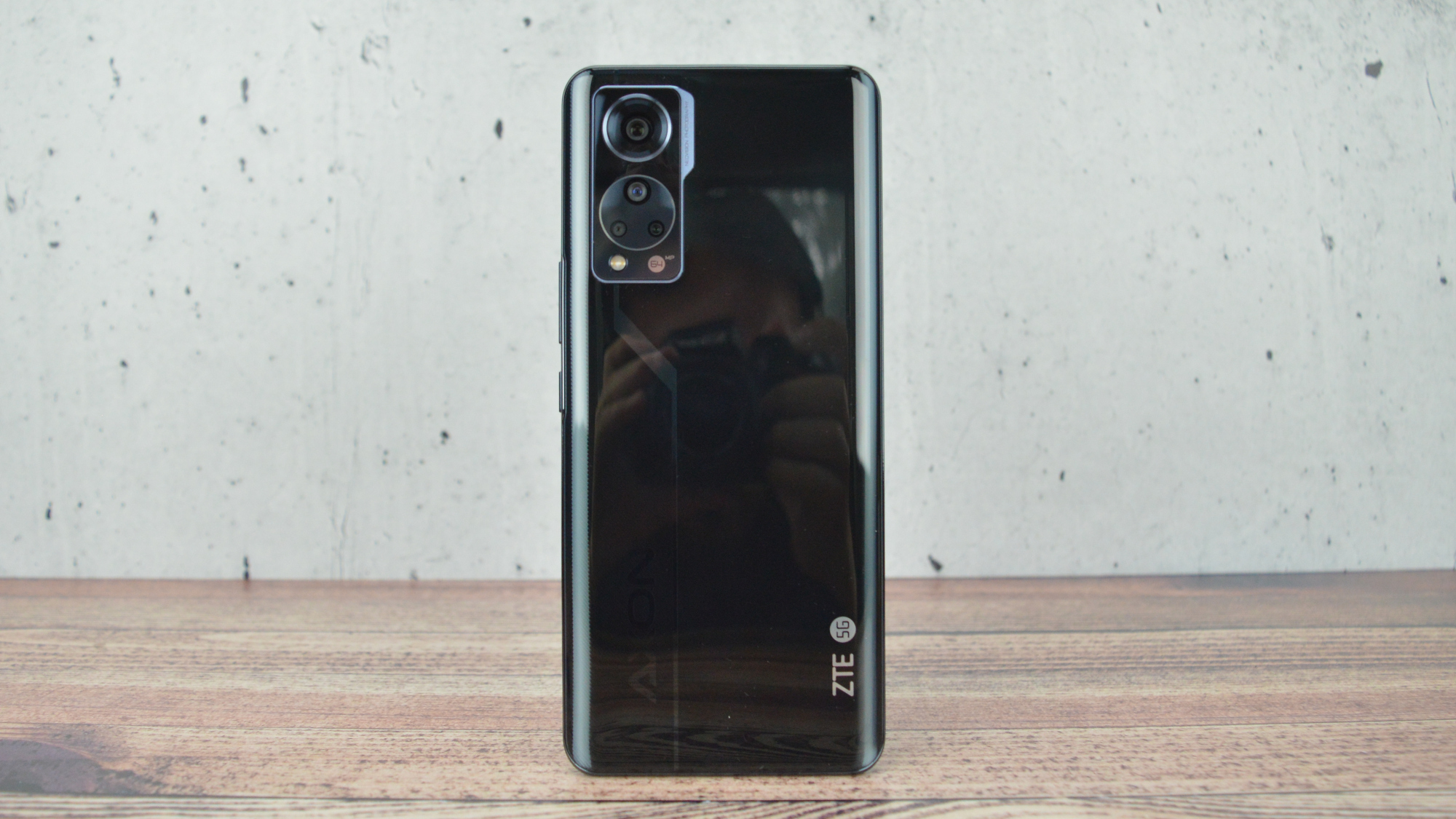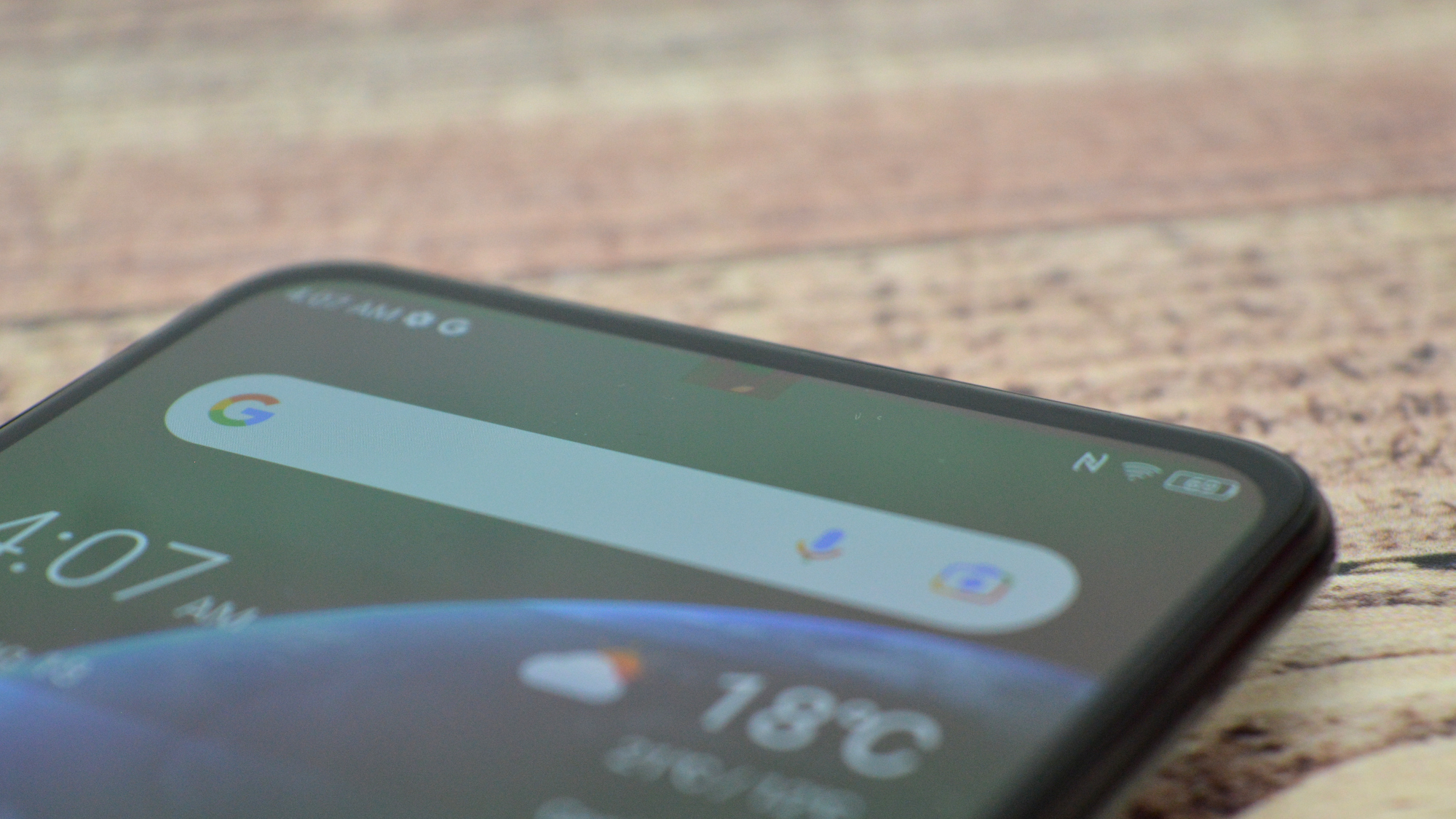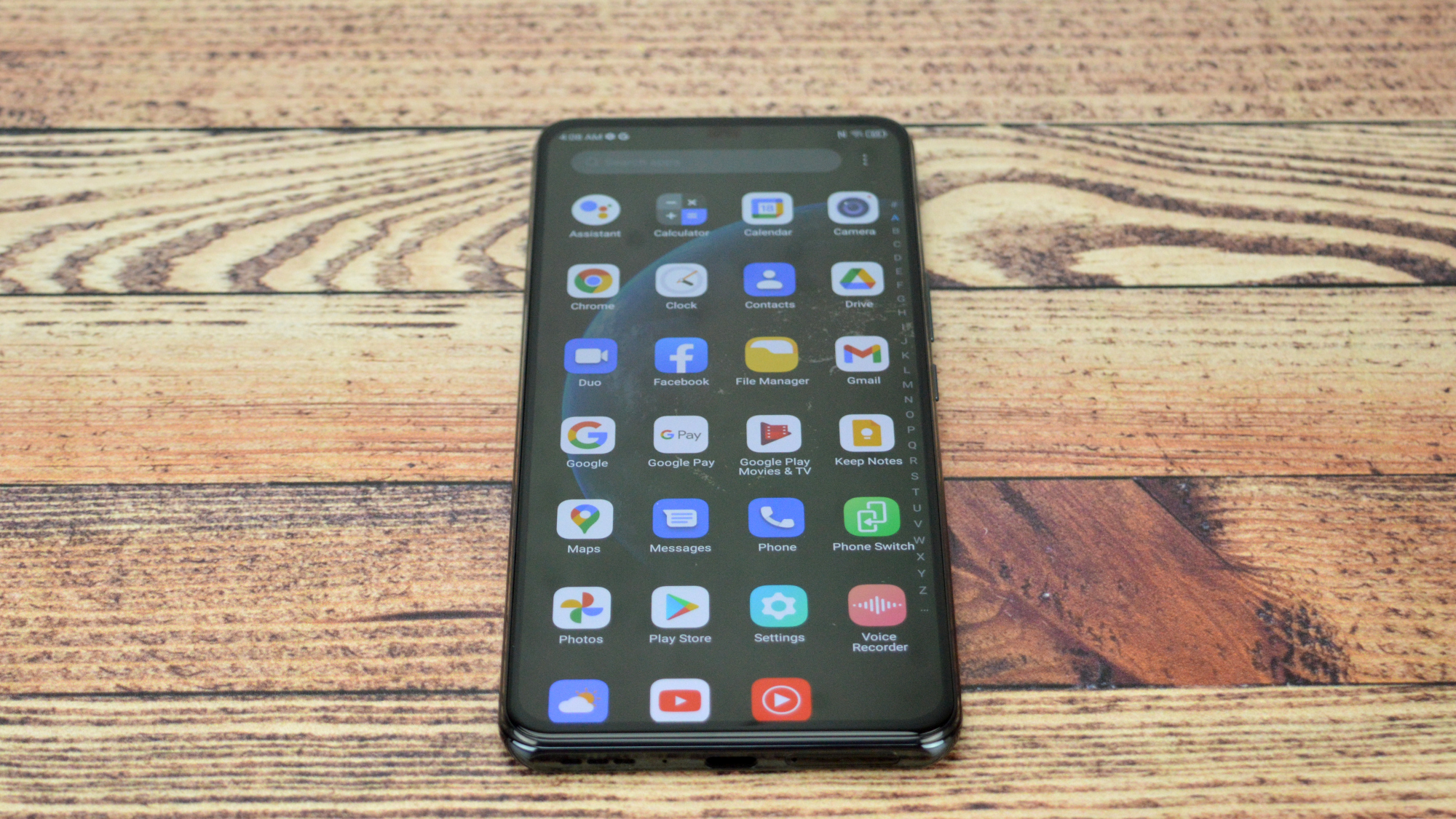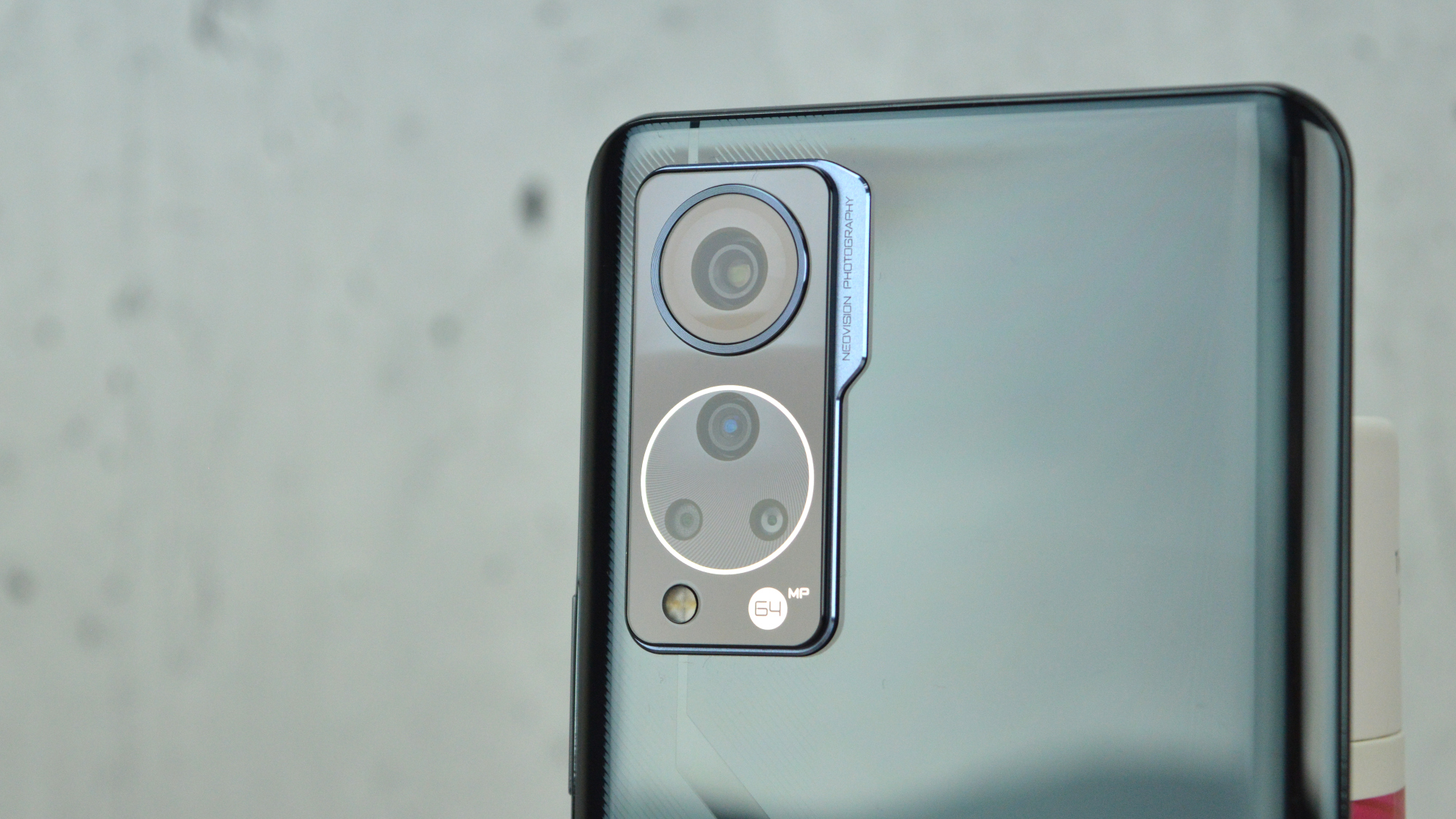The edge-to-edge display has long been interrupted by the front-facing camera. Apple, notably, seems perfectly content cutting a section of the display out for the camera and any Face ID sensors. Android manufacturers, however, have opted for the hole-punch, and are working on ways to build a completely uninterrupted display experience — like the under-display camera. The latest to offer that new tech is the ZTE Axon 30.
The ZTE Axon 30 is more than just a showcase for under-display camera tech. It also offers all kinds of other great specs, like a Snapdragon 870, a 120Hz display, and a quad-camera system. That’s all for only $500, which is far less than the majority of other flagship phones out there.
But yeah, it also has an in-display front-facing camera.
Is the ZTE Axon 30 actually worth the $500? Or should you opt for something from OnePlus or Samsung instead? I’ve been using the phone to find out.
ZTE Axon 30 design
The ZTE Axon 30 may be largely built from plastic, but it still offers a generally sleek and stylish design that most can appreciate. It’s not necessarily perfect for everyone — especially those that prefer a minimalist look. But I actually quite like the overall design of the device.

On the back, there’s a relatively large camera module, with two large circles. The top one houses the main camera sensor, while the bottom one is home to the other three sensors. It’s definitely a unique look, but not ugly by any means. You’ll also find a flash towards the bottom of the module. On the right of the phone, you’ll find the volume rocker and power button, while on the bottom is the USB-C port.
The back of the device isn’t just a black slab like many other phones. In the right lighting, you’ll find a holographic gray pattern with the “Axon” logo, and it’s a cool touch.
Of course, perhaps the most interesting thing about the phone is the front — thanks to that beautifully big, uninterrupted, edge-to-edge display. Unlike the Samsung Galaxy Z Fold 3, there’s no real screen door effect here, unless you really look for it off-angle. The device offers a second-gen under-display camera, and that really does seem to make a difference.

The phone offers a plastic frame and a plastic back. It’s not the most premium-feeling phone out there, and devices like the OnePlus Nord 2 do seem to have a nicer build. But it gets the job done.
ZTE Axon 30 display
The display on the phone is great. The ZTE Axon 30 offers a 6.92-inch OLED display with a 1,080p resolution and up to 120Hz refresh rate, though you can change the refresh rate to 60Hz if you choose. We’ve seen lots of manufacturers sacrifice a 1,440p resolution in favor of a higher refresh rate recently, and I really appreciate that — given the choice, the higher refresh rate is definitely a higher priority for me.

Generally speaking, the display on this phone was responsive and smooth, offering deep, inky black levels thanks to the OLED tech. If you look closely, you can see the pixels, due to the lower resolution display. But it’s not a big deal, and it really doesn’t impact the overall experience.
There’s a fingerprint sensor in the display too, and it was also pretty responsive. You’ll have to hold it there for a split second, and some other sensors do feel a little zippier — but it easily did the job, and almost never failed to recognize my fingerprint.
ZTE Axon 30 performance and battery
The phone doesn’t offer the most high-performing Qualcomm chip out there, but it gets pretty close. There’s a Qualcomm Snapdragon 870 here, coupled with either 6GB, 8GB, or 12GB of RAM, and up to 256GB of storage. I’m reviewing the 8GB of RAM model, and it performed excellently for the duration of the review. That included in mobile gaming and heavy multitasking.
Games like Call of Duty: Mobile and Asphalt 9 performed very smoothly, without any skips or dropped frames along the way. Switching between apps was equally as smooth. Honestly, not once did I have an issue with the performance of this phone, so don’t feel like you need a Snapdragon 888 to get good performance.
Benchmarks confirmed the good performance. Here are the scores we achieved:
- GeekBench 5: 984 single-core, 3180 multi-core
- 3DMark Wild Life: 4241
These scores beat out most other phones in this price range, and almost reached Snapdragon 888-powered phones like the Galaxy S21.
The battery life on the phone is solid. The phone easily got me through a full day of even heavy use, including mobile gaming and productivity. The battery sits in at 4200mAh, and while you will need to charge it after every day, I don’t anticipate the average user running out of juice during the day.
When you do charge it, your options are unfortunately limited. The device doesn’t support wireless charging, and I wish it did. That said, it still supports Quick Charge 4+ and 55W Fast Charging, and it did indeed charge extremely fast.
ZTE Axon 30 camera

The ZTE Axon 30 offers a quad-camera system with a 64-megapixel main camera, an 8-megapixel ultrawide camera, a 5-megapixel macro camera, and a 2-megapixel depth camera. It’s a pretty standard setup these days, but I still wish more phones included the trifecta of main, ultrawide, and telephoto cameras.
Either way, the phone was able to deliver bright, vibrant colors the majority of the time. Colors did feel a little muted at times, and a little over-saturated at other times, but not overly so. The 64-megapixel main camera was able to capture plenty of detail especially for a phone in this price range — and even when the lighting was a little limited.
The camera wasn’t necessarily the most consistent, with color-tuning seeming to vary quite a bit between the different cameras. It wasn’t a huge deal, but it didn’t really make for a seamless experience overall.
The camera app is well-designed and easy to use. The app allows for quick, easy access to the different settings, and there are tons of settings that you can tweak, if you so choose.
Of course, perhaps the most interesting camera is the front-facing camera. It’s a 16-megapixel in-display camera, and while it seems to look a little better than previous-generation in-display cameras, it still doesn’t look great. Generally, images look cloudy, and lack detail.
That doesn’t take away from how cool an in-display camera is though. Hopefully, the likes of ZTE, and others, will continue to refine this tech until it can compete with non-covered front-facing cameras.
ZTE Axon 30 software
The hardware experience on the ZTE Axon 30 is excellent, but the software experience is only fine.
The phone comes with Android 11, with ZTE’s MyOS over the top of it. MyOS doesn’t try to do too much, which is nice, but it can feel a little dated at times, thanks to things like the square icons. Thankfully, you can tweak things to better match how you want them to look.
According to ZTE, the Axon 30 will get Android 12 towards the end of this year or the beginning of next — though we’ll have to wait and see if that pans out.
Conclusions
The ZTE Axon 30 has a lot going for it. The phone performs excellently, offers a solid camera, and is on the cutting edge of in-display camera tech. That’s not to mention that it boasts near-flagship specs at a fraction of the price.
It’s important to note, of course, that not everyone will be able to use the device. The Axon 30 isn’t compatible with Verizon, and it won’t get full access to T-Mobile’s 5G network. But if you’re looking for a top-performing phone for $500 or less, the ZTE Axon 30 is the phone to beat.
The competition
There’s some serious competition to consider, and that competition might be better for you depending on your priorities. If you want the best camera and stock Android in the price range, it’s worth considering the Google Pixel 5a instead, if you’re in the U.S. If you’re not in the U.S., the OnePlus Nord 2 is also worth considering, however the ZTE Axon 30 has better performance, a better camera, and a better display.
Should I buy the ZTE Axon 30?
Yes, if you want a top-performing phone under $500.








